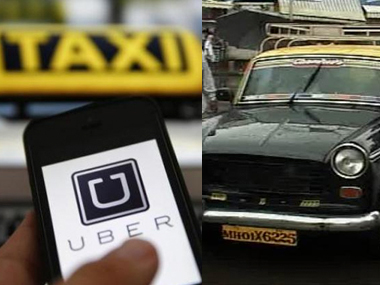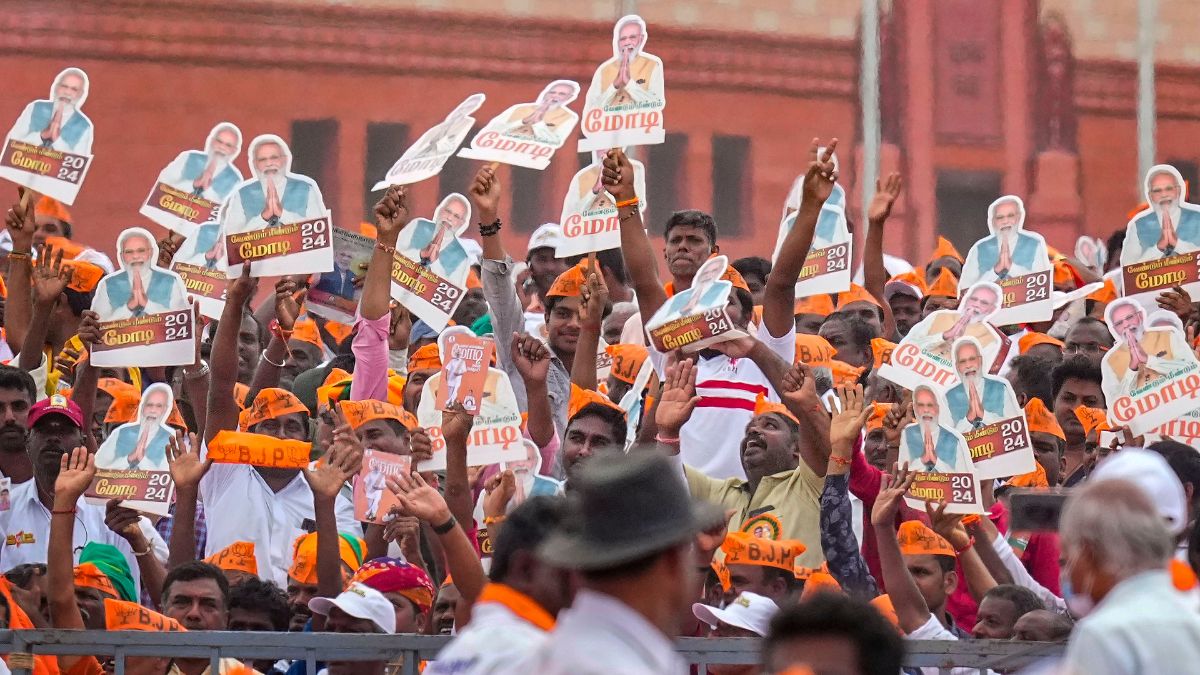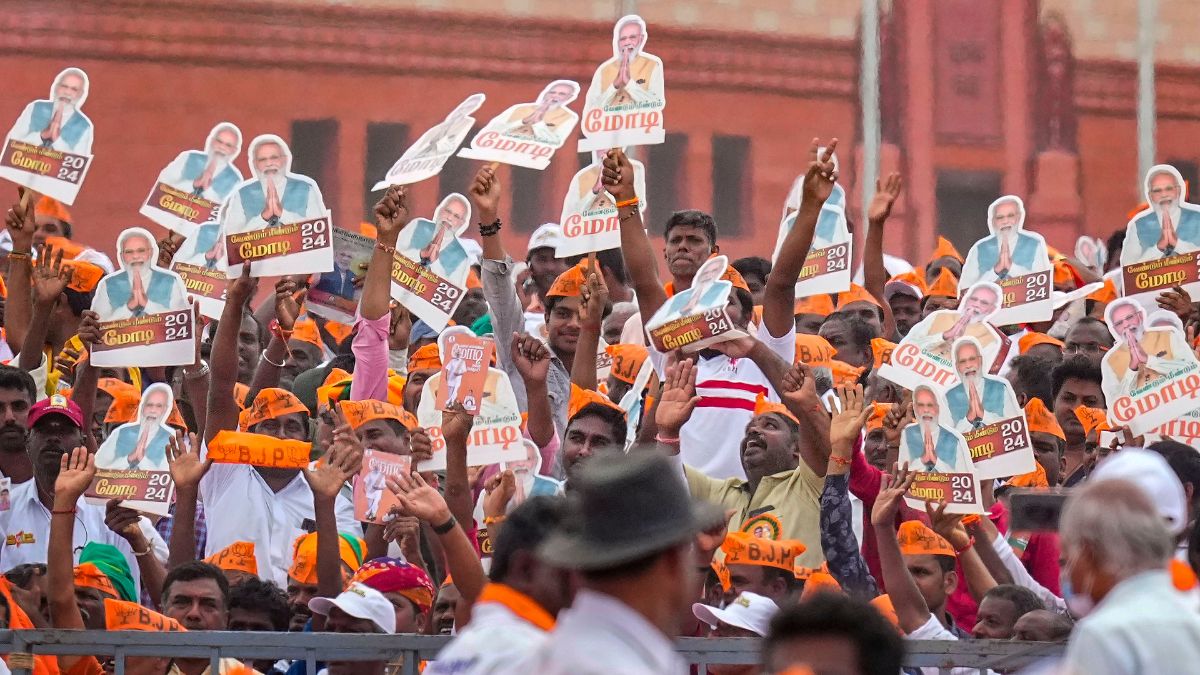On June 17, when Mumbai was submerged due to the rains, the suburban train network was crippled, roads were water-logged, and the few who ventured out were being fleeced by taxi and rickshaw-wallahs, taxi-hailing app Uber sent a message to all its customers:
“#keepmumbaimoving
Getting around Mumbai tomorrow will be tough, but we at Uber are committed to a reliable ride.
We’ve worked with our partner drivers to ensure that Mumbai’s citizens can get around the city seamlessly when choices are limited, especially with the onset of the monsoons.
So, on Wednesday, June 17th, from 00:00 hours until midnight, dynamic pricing will be disabled to ensure that you can get to where you need to be. However, no dynamic pricing means that the availability of cars will be affected, due to the increased demand. You may have to try a few times to get a ride successfully.
We know it is going to be tough out there. Our partner drivers are enthusiastic in their support of our efforts to make sure that Mumbaikars keep moving.
Uber On.”
The initiative was well received and appreciated by many commuters as it gave the ride-hailing company an opportunity to showcase itself as a “good corporate citizen”, rather than an aggressive and opportunistic company. It should be noted here that Uber charged four times the usual price during a siege in Sydney when people were trying to flee Sydney’s Business District. After receiving a lot of flak for this move and to save itself from this PR nightmare – it reversed the surge, refunding those affected, and doled out free rides.
One would have thought Uber learnt its lesson which is why it decided to not apply surge charge pricing in their fares on 17 June in Mumbai to ensure that the city’s citizens can get around the city seamlessly.But a month later, Uber is back to its surge pricing tactics. On 21 July, the shortage of taxis coupled with rains in the financial capital resulted in fares surging up more than three-fold on the Uber network and I was one of the few commuters who faced the brunt of this 3-fold increase. But my ordeal doesn’t end here. It gets worse.
I booked an Uber cab this morning to take me from Ambedkar Road in Khar to Indiabulls in Elphinstone. I agreed to pay a surge pricing amount of 2.3x, because I believed the company was reliable and would safely drop me to the workplace. However, my cab just took me 3 kilometres, barely out of my neighbourhood till SV Road on Bandra, and refused to go any further.
“My bumper is coming off madam, I need to return. You please take another taxi. I am ending the ride,” my driver told me.
Before I even had a chance to react, I get a receipt from Uber on my email that they have charged me Rs 281 for the ride. The driver refused to book me another cab, and asked me to do the same.
The next available option on my app said a cab was 10 minutes away, but when I booked the ride and called the driver, he was all the way in Shivaji Park in Dadar. (There is no way is that just ten minutes away). By this time, the surge pricing had gone up 3X. Not only, did Uber charge me more than double the amount for a minimum distance covered, it did nothing to help my situation. After waiting helplessly for 15 minutes, I managed to get a Kaali Peeli (a regular taxi) from near the Mahim causeway. Till then, I just got one standard message from Uber to mail them my receipt and ’the issue will be sorted'.
But did the company do anything to sort it? No! Did they find me an alternate option? No. Did they reverse my account with the money deducted for the ride? No!
To clarify, there is nothing wrong if Uber charges ‘surge pricing’ to ensure there are more drivers on the road when riders need them most. The concept makes sense during periods of high demand, and the company boosts the price of a ride booked through its app. But when disasters or an emergency strikes, this rationale doesn’t really fly and the concept itself becomes a moral one. Why squeeze more money out of customers who are anyway stranded and helpless, rather than showing some compassion through Uber Pool options or switching off dynamic pricing? And why make the customer pay this rate when the company fails to drop them at the required destination?
Should a startup that is valued at $40 billion really hold users to ransom for more money?
While, I was tweeting to Uber about my ordeal, I noticed how citizens across Mumbai were helping and offering rides to those stranded due to the rains. Even my Kaali Peeli didn’t flinch once or demand anything extra for dropping me . And not only did the cab driver not demand extra money at a time when there were no taxis available on the road, he stopped twice— once outside Mahim station and once outside Matunga— to give distraught riders a free ride on the way. Compare this compassion to Uber’s arrogance and tone-deaf response during emergencies. The company has the opportunity to bring out the best in people, instead it prioritized the “economy” over the “sharing.”
Why does the company not have a consistent approach to deal with such situations? Either Uber positions itself as the type of business that puts morals before money during times of crisis, or it doesn’t. Giving commuters the option to play with kittens and puppies may be a great PR tactic but loyalty, faith and respect can only be gained if Uber truly puts its passengers above everything else. Is doing well more important than doing good?
While there is no denying the fact that there is no free lunch, surge pricing at a time when people are stranded on the road and when communities are coming together to help those in need, it’s not acceptable that Uber turns on surge prices. Corporate social responsibility is not just about tying up with charities, it means to have a profitable business along with better community PR.
In my case, my driver could have easily alerted Uber about the mishap and the company could have used it as an opportunity to help me get an alternate mode of transport. Money is not the only way to incentivise people to use a service. And the good old Kaali Peeli proved it today.
Uber has the long-term goal of replacing most other means of transportation. Instead of taxis and privately owned cars, Uber wants to be ’everyone’s personal driver’. But it seems that Uber is always available for everything else except an effective crisis communication strategy .Today, it failed me and that is what I’ll remember.


)




)
)
)
)
)
)
)
)